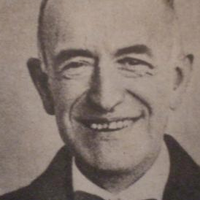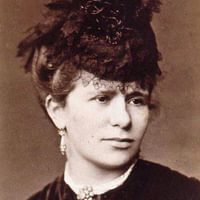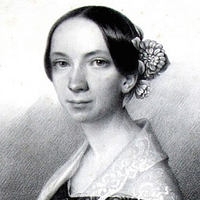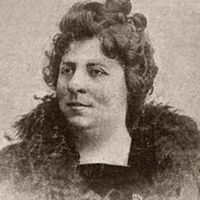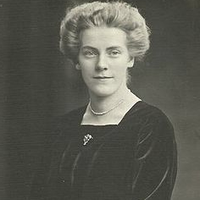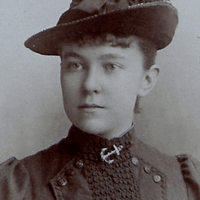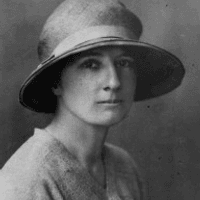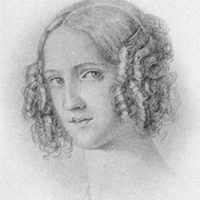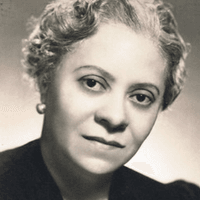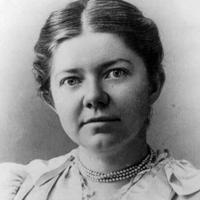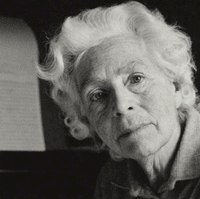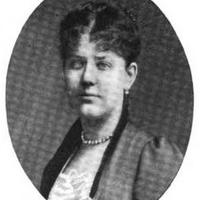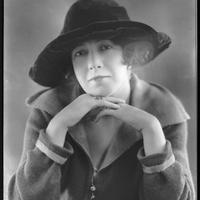Manuel de Falla
Composer
Biography
Manuel de Falla was a Spanish composer and pianist. Despite having composed only a modest number of pieces, he is highly regarded as one of Spain’s greatest musicians of the first half of the twentieth century. His image appeared on Spain's 1970 100-pesetas banknote.
Born to José María Falla and María Jesús Matheu in Cádiz in 1876, he began piano lessons under Alejandro Odero and learnt the techniques of harmony and counterpoint from Enrique Broca. At the age of 15 he became interested in literature and journalism, and later founded two literary magazines: El Burlón and El Cascabel.
By 1900 he had moved to Madrid with his family where he attended the Real Conservatorio de Música y Declamación. Here he studied piano with José Tragó and composition with Felipe Pedrell. In 1897 he had composed Melodía for cello and piano which was dedicated to Salvador Viniegra, the host of numerous evenings of chamber music that de Falla frequented. In 1899 he was awarded by unanimous vote the first prize in the piano competition held by the Conservatory.
Later that year he premiered his first works: Romanza para violonchelo y piano, Nocturno para piano, Melodía para violonchelo y piano, Serenata andaluza para violín y piano, and Cuarteto en Sol y Mireya. In 1900 he composed a variety of vocal and piano pieces but due to his family’s financial position, he had to begin teaching piano lessons to music students in order to make ends meet.
In 1907, Falla moved to Paris where he stayed for seven years. Whilst living in Paris his style of composition was affected greatly by the composers he met, including Ravel, Debussy, Dukas and Stravinsky. In 1908 he was awarded a Royal Grand by King Alfonso XIII to remain in Paris and finish his Cuatro piezas españolas. With the outbreak of the First World War, Falla was forced to flee back to Spain, settling in Madrid, where he composed several of his best-known pieces, such as Noches en los jardines de España (1916).
Falla lived in Granada from 1921 to 1939 where he organised the Concurso de Cante Jordo Festival in 1922. During this time, he also wrote a puppet opera which marked the first time he had ever included the harpsichord in his orchestral writing. In 1939, following the victory of Francisco Franco in the Spanish Civil War, Falla moved to Argentina where he continued to work on his unfinished work Atlántida and where he also spent some time teaching. He died in November 1946 in Alta Gracia, in the Argentinian province of Córdoba. In 1947 his remains were brought to Spain and buried in the Cádiz Cathedral.
© Samuel Page, 2020
Song List
This list is likely to be of songs that have been performed at Oxford International Song Festivals and Oxford Song events, and may not be comprehensive of this composer's compositions. This database is ever growing as a work in progress, with further songs regularly being added.
| Asturiana (1914) | Manuel de Falla |
| Canción (1914) | Manuel de Falla |
| El paño moruno (1914) | Manuel de Falla |
| Homenaje - ‘Le tombeau de Debussy’ | Manuel de Falla |
| Jota (1914) | Manuel de Falla |
| Nana (1914) | Manuel de Falla |
| Olas gigantes | Manuel de Falla |
| Polo (1914) | Manuel de Falla |
| Seguidilla murciana (1914) | Manuel de Falla |
| Siete canciones populares Españolas (1914) | Manuel de Falla |
